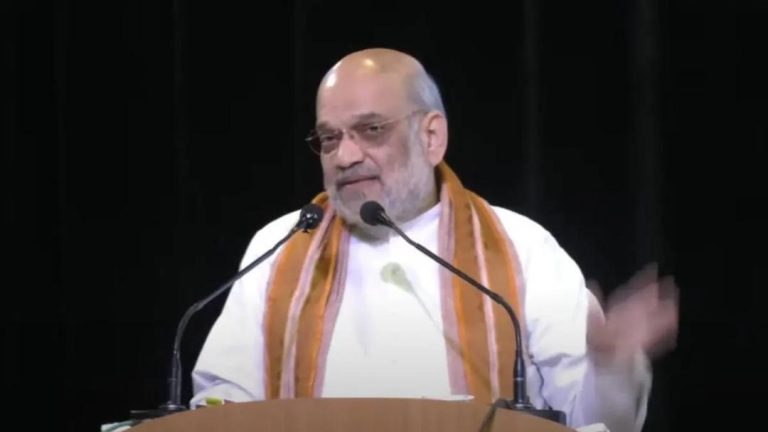
What Scientific Milestones Were Achieved by Williams & Her Team?
In a remarkable feat of scientific exploration, NASA has listed the numerous milestones achieved by its crew, comprising astronauts Nick Hague, Butch Wilmore, Sunita Williams, and cosmonaut Aleksandr Gorbunov, during their expedition aboard the International Space Station (ISS). The crew’s groundbreaking research endeavors have far-reaching implications for our understanding of the human body, urban growth, climate change, and natural disasters.
Plant-Related Studies
One of the primary focuses of the crew’s research was plant-related studies. The scientists conducted experiments to investigate the effects of microgravity on plant growth, with a specific emphasis on the root system and nutrient uptake. This research has significant implications for future long-duration space missions, as it provides valuable insights into how to sustainably grow crops in space.
The crew also conducted experiments on the effects of microgravity on the development of Arabidopsis thaliana, a model plant species used in scientific research. The study aimed to understand how the absence of gravity affects the plant’s growth, morphology, and gene expression. These findings will be crucial in developing strategies for growing food in space, which is essential for sustaining human life during extended space missions.
Capturing Earth from Space
Butch Wilmore, one of the astronauts on the crew, spent a significant amount of time capturing thousands of images of Earth from space. This endeavor was not just a showcase of stunning visuals but also served a crucial scientific purpose. The images, taken using a specialized camera, were used to monitor urban growth, climate change, and natural disasters.
Wilmore’s photographs provided valuable data for scientists to study the impact of human activities on the environment. By analyzing the images, researchers can track changes in urbanization patterns, deforestation, and sea-level rise. This information can be used to inform policymakers and stakeholders about the effects of human activity on the environment.
Monitoring Urban Growth and Climate Change
The crew’s images of Earth also helped scientists monitor urban growth and climate change. By analyzing the images, researchers can track changes in urbanization patterns, such as the expansion of cities and the growth of urban infrastructure. This information can be used to develop more effective urban planning strategies and to mitigate the effects of climate change.
Testing 3D Printing of Implantable Medical Devices
In addition to plant-related studies and Earth observation, the crew also conducted experiments on the 3D printing of implantable medical devices in microgravity. This research has significant implications for the development of new medical technologies.
The crew used a 3D printer to create implantable devices, such as ear implants and bone grafts, in microgravity. The experiment aimed to investigate the effects of microgravity on the mechanical properties of the printed materials and to evaluate the feasibility of using 3D printing for implantable devices.
The results of the experiment will be crucial in developing new medical technologies that can be used in space and on Earth. 3D printing has the potential to revolutionize the medical field by providing customized implantable devices that can be tailored to an individual’s specific needs.
Conclusion
The crew’s scientific milestones achieved during their expedition aboard the ISS are a testament to human innovation and ingenuity. Their research in plant-related studies, Earth observation, and 3D printing of implantable medical devices has significant implications for our understanding of the human body, urban growth, climate change, and natural disasters.
As we continue to explore space and push the boundaries of scientific knowledge, it is essential that we continue to prioritize research endeavors that benefit both humanity and the environment. The crew’s achievements serve as a reminder of the importance of scientific collaboration and the potential for groundbreaking discoveries that can improve our daily lives.
Source:






